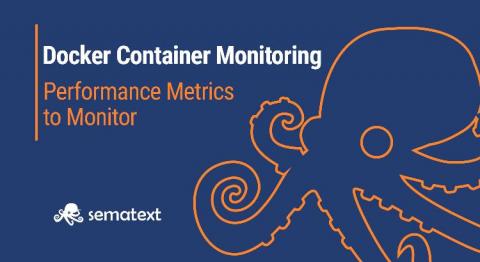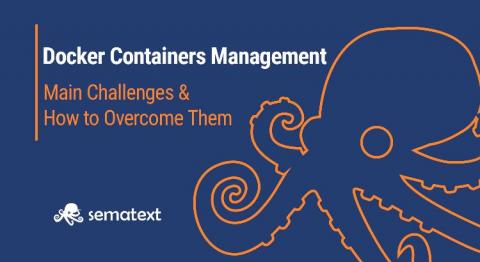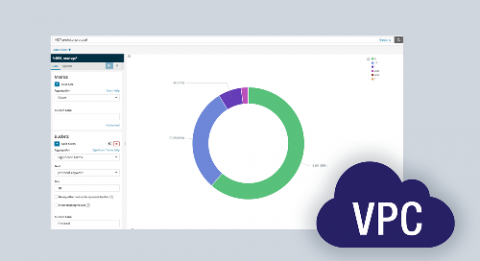Operations | Monitoring | ITSM | DevOps | Cloud
Latest News
Support ending for TLS 1.0/1.1 and unencrypted HTTP traffic to Elasticsearch Service on Elastic Cloud
Starting April 21, 2020, all requests to Elasticsearch Service on Elastic Cloud must use HTTP over TLS (HTTPS) with support for TLS 1.2. We’ve decided to make this change in the best interest of our users so we can ensure the security of data in transit and stay up to date with modern encryption, security protocols, and practices.
Too Many Security Alerts, Not Enough Time: Automation to the Rescue
It’s 2020, which means it’s time to look back at 2019 and reminisce about the good times – fun with family and friends, good food, travel, and memories to last a lifetime. Who am I kidding? Everyone remembers the bad stuff. The increasing impacts of climate change; relentless fires in the Amazon, California, and Australia; political and social unrest around the globe; and the last season of Game of Thrones. Jon Snow... you still know nothing.
Splunk named Orange Business Service 'Digital and Data Partner of the Year'
With 2020 now well underway and the end of our financial year just around the corner, it’s a great moment to review some of the successes we have had in the EMEA Partner team over the past year. One particular highlight for us came in December when Orange Business Services, the digital transformation arm of Orange, named Splunk as its Digital & Data Partner of the Year at its annual awards in Paris.
Q&A Follow-Up: How Datev uses MITRE ATT&CK & Splunk in its SOC
Hey Everyone, We recently did a webinar with Christian Heger, technical head of the DATEV SOC, as well as Sebastian Schmerl, head of cyber defense of Computacenter. They shared their 6-month path of modernizing their security operations with help of Splunk technology and the MITRE ATT&CK framework. As we weren’t able to address all of the questions during the webinar, we discussed these afterwards and share them in this blog post as a Q&A follow-up.
Splunk Enterprise + Visual Studio Code = Better Together
Does one or more of the following personas describe you? If you fit one of those personas, you are in luck because I’m happy to tell you about some new Splunk integrations with Visual Studio Code in this blog.
Splunk and the WEF - Working together to unlock UK public sector AI
As I have mentioned in previous blogs use of AI can be challenging, but it can also deliver a lot of positive outcomes. Many of our customers believe that they have a skills and understanding gap when it comes to AI, which is why we are delighted to have been working with the World Economic Forum (WEF) to draft guidance on how these types of techniques can be used and assessed.
Docker Container Performance Metrics to Monitor
In Part 1 we’ve described what container monitoring is and why you need it. Because each container typically runs a single process, has its own environment, utilizes virtual networks, or has various methods of managing storage. Traditional monitoring solutions take metrics from each server and the applications they run. These servers and applications running on them are typically very static, with very long uptimes.
Docker Containers Management: Main Challenges & How to Overcome Them
Even though containers have been around for ages, it wasn’t until Docker showed up that containers really became widely adopted. Docker has made it easier, faster, and cheaper to deploy containerized applications. However, organizations that adopt container orchestration tools for application deployment face new maintenance challenges.
13 Security Alerts and Visualizations for VPC Flow Logs
AWS VPC Flow Logs record details about the traffic passing through your application, including requests that were allowed or denied according to your ACL (access control list) rules. It also has information about the IP addresses, and ports for each request, the number of packets, bytes sent, and timestamps for each request. This information brings deep visibility and the ability to improve your security posture over time.







